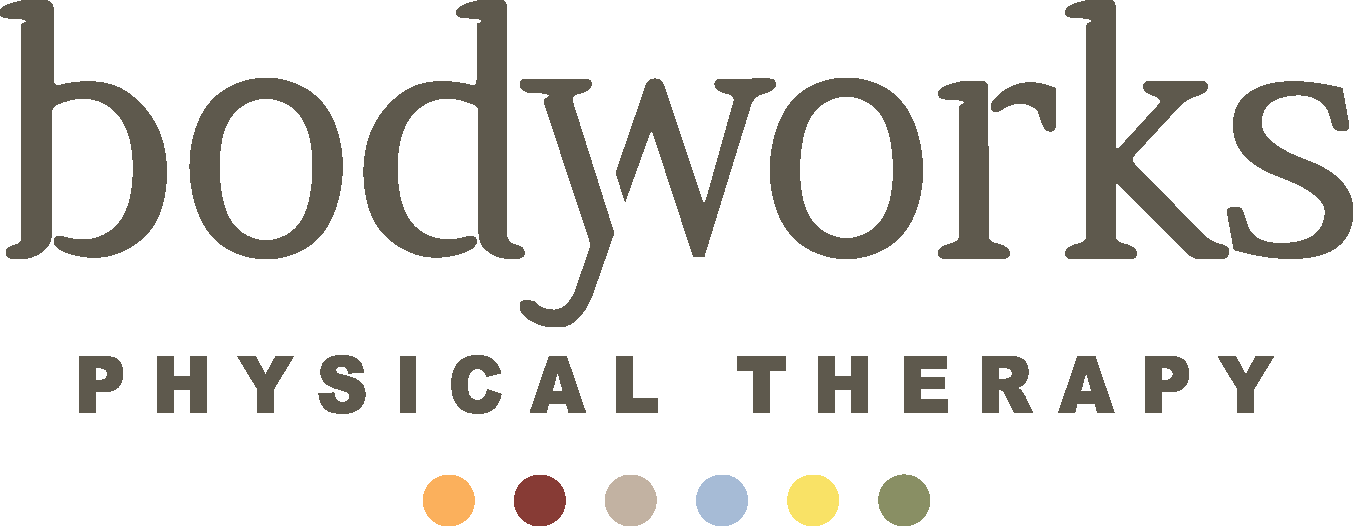In the world of injury management, the R.I.C.E acronym has long been a popular approach. However, it’s time to reconsider its limitations and explore a more comprehensive protocol. Let’s look into into the R.I.C.E method and introduce the M.E.A.T protocol as a more effective alternative for promoting healing and recovery.
The R.I.C.E Method:
The R.I.C.E method consists of Rest, Ice, Compression, and Elevation. While it has been widely used to reduce swelling and manage acute injuries, it may not always be the most beneficial approach. Let’s look into what each step entails.
- Resting the injured area is aimed at minimizing movement and reducing blood flow. However, by restricting movement, we may impede the body’s natural healing mechanisms and hinder overall recovery.
- Icing an injury is known to reduce inflammation and alleviate pain. While ice can be beneficial in certain situations, it may also limit the body’s natural inflammatory response, which plays a crucial role in the healing process.
- Compression involves applying pressure to the injured area to control hemorrhaging and reduce swelling. While it can be effective, excessive compression or prolonged use of compression bandages may restrict blood flow and impede the healing process.
- Elevation of the affected area helps reduce pressure in the blood vessels and minimize bleeding. While elevation can be useful for managing swelling, it’s only one aspect of comprehensive injury management.
The M.E.A.T Method:
Recognizing the limitations of the R.I.C.E method, alternative injury care known as M.E.A.T (Movement, Exercise, Analgesia, Treatment) offers a more holistic approach to injury management. Let’s explore each part of the M.E.A.T. method:
- Movement of the injured area is crucial for promoting healing. It stimulates the growth of new tissue and encourages the organized development of ligaments and muscles. Movement also aids in flushing out debris and toxins while facilitating the arrival of nutrient-rich blood, which supports the healing process.
- Exercise is an important part of the healing process. Integrating gentle exercise into the rehabilitation process further strengthens tissues, enhances circulation, and promotes healing. Consulting with a Physical Therapist is recommended to develop a personalized exercise plan tailored to the specific injury.
- Analgesia refers to pain control and is an essential part of the healing process. Instead of relying solely on traditional pain relievers, considering natural alternatives like ginger, turmeric, and magnesium can provide relief while minimizing potential side effects.
- Treatment of your injury using appropriate methods depends on its severity and acuteness. Early intervention, such as joint mobilization, kinesiotaping, contrast hydrotherapy, or lymphedema massage, can accelerate recovery and reduce the likelihood of another injury occuring
While the R.I.C.E method has been a commonly employed approach for acute injuries, it’s important to recognize its limitations. By embracing the M.E.A.T protocol, which emphasizes Movement, Exercise, Analgesia, and Treatment, we can facilitate a more comprehensive and effective healing process. Remember, consulting with healthcare professionals, such as Physical Therapists, is always a good idea for specialized injury management that is suited to your specific situation.
By utilizing the M.E.A.T method, we can create a more comprehensive and effective healing process, ensuring a smooth path to recovery. If you have recently sustained an injury or are looking to manage pain, connect with us! We would love to help you get on a path towards better healing.

